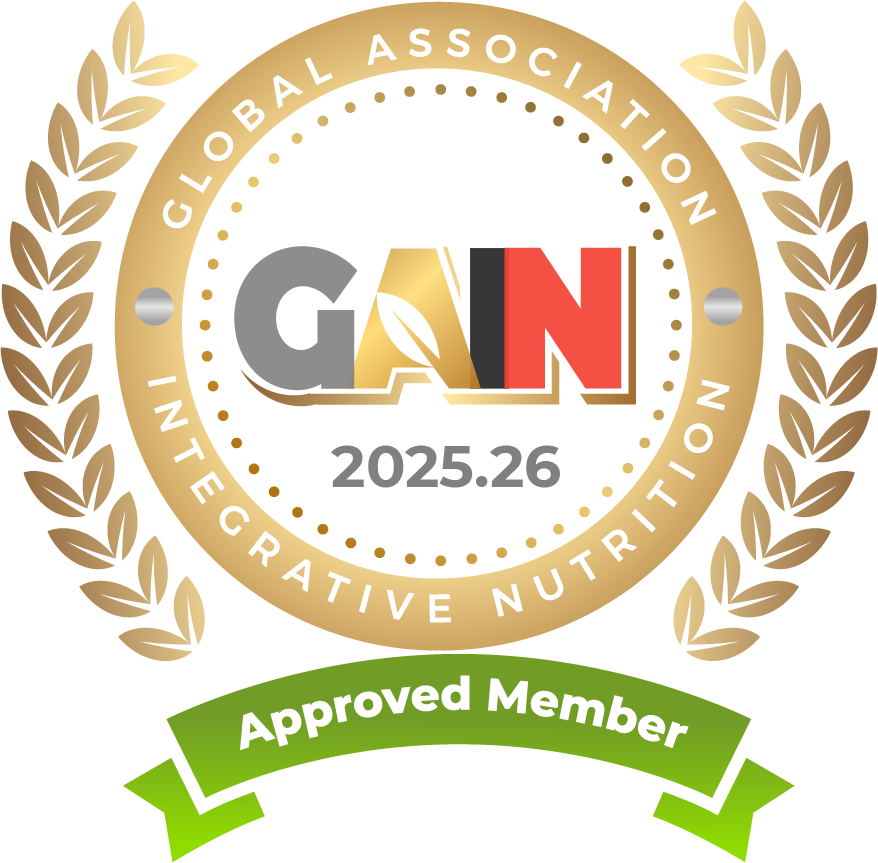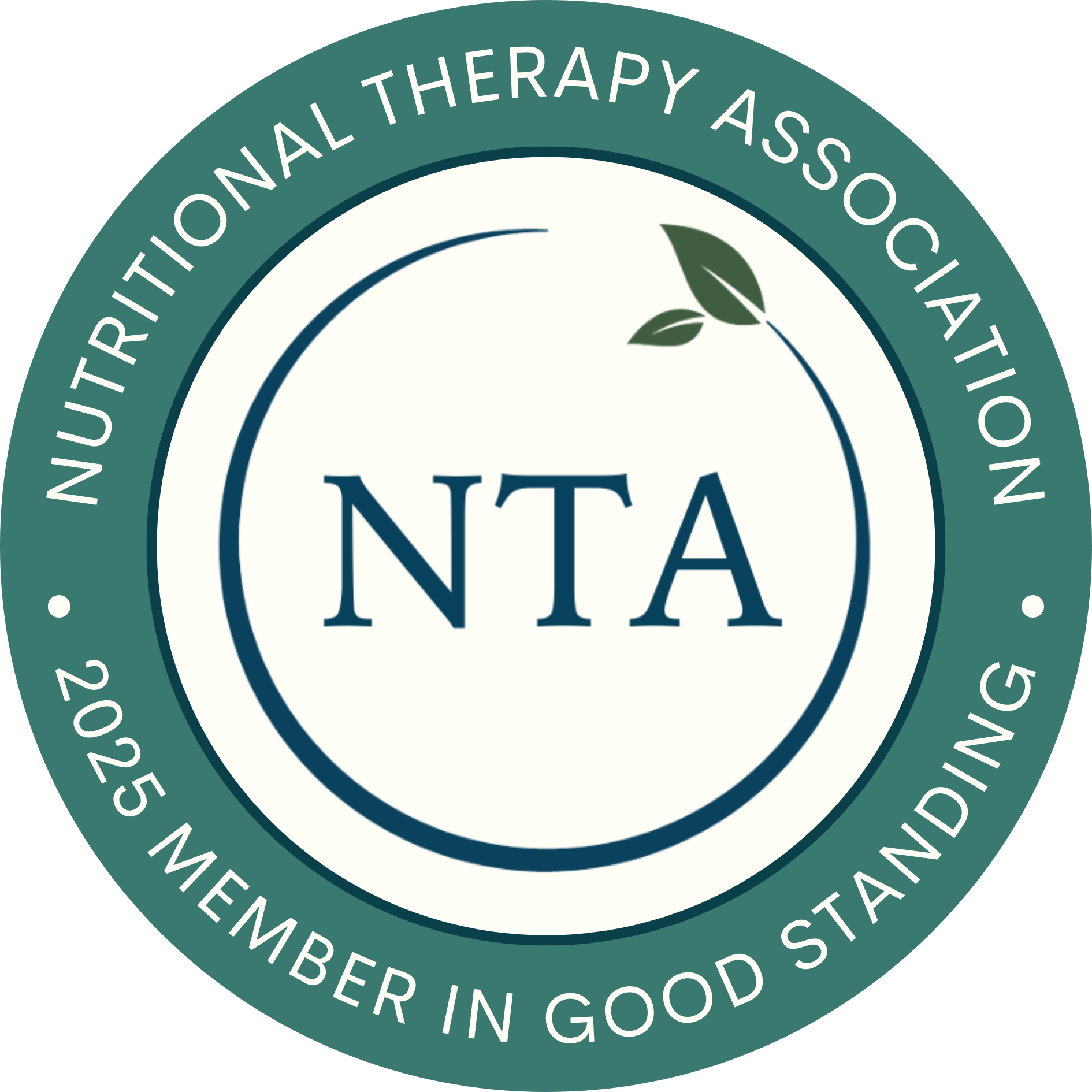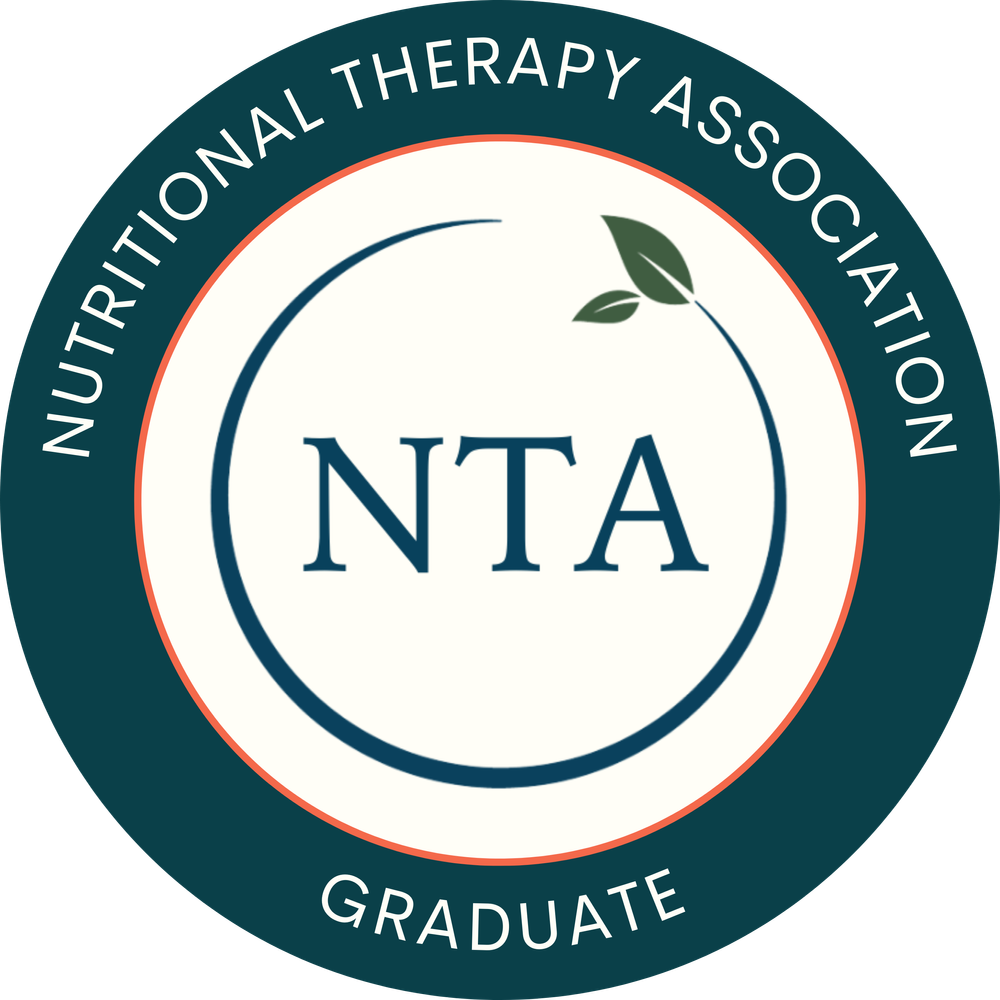Blood Sugar Regulation Tip #1: Eat a protein & fat focused breakfast

Foundation: Blood sugar regulation – balance & flexibility
Please note that while these lifestyle tips are intended to support your health, please remember, holistic nutrition is not a substitute for medical advice or for your family physician or other appropriate healthcare provider. If you suffer from a medical or pathological condition, you need to consult with an appropriate healthcare provider. A Registered Holistic Nutrition Practitioner is not trained nor licensed to diagnose or treat pathological conditions, illnesses, injuries, or diseases or prescribe medications.
Every individual is different and your unique needs and bio-individually should always be honoured.
Please disregard any tips that may not be appropriate for you.
When I was growing up, oatmeal was the go-to breakfast in my family.
It was rare that we ever had anything else. It would have been a pretty special occasion if we ever deviated from this pattern.
When I reached my teenage years, I was not only going through growth spurts, which were coupled with ravenous hunger, I was also a young athlete, training competitively in figure skating, so I was burning through nutrients at a particularly high rate.
In my ravenous hunger, finishing my bowl of oatmeal became...unsatisfying, as I remember it.
The proposed solution? Eat more.
It seemed plausible at the time, yet, it didn’t really play out to be such a good solution.
Instead of feeling more satisfied and sustained for several hours, I was uncomfortably full and bloated, yet unsatisfied at the same time.
It sounds strange doesn’t it? Yet, that is exactly how I felt, and I knew it wasn’t right, yet I was shorthanded on other options. I was teenager after all.
This all happened in the days before the Internet, so there was no Google searching solutions, but rather looking to books and magazines to learn more.
At the time, the world (at least the resources I was coming across) held grains in high regard, so I didn’t question their value. Instead, I shifted to exploring other grains like millet and later buckwheat, quinoa, amaranth, and adding nuts and seeds. This helped, to some degree.
Yet, I just couldn’t shake that stuffed, yet unsatisfied feeling for as long as I continued this ritual.
Fast forward several years, when I was fed up with all the issues I was still dealing with, I questioned everything I had done and had been told, and was ready to set foot on new ground – it was then that I discovered macronutrient balancing (which I think I told you the story about).
Letting go of my grain-heavy breakfast everyday was a huge gamechanger for me in terms of my satiety, my digestion, and my blood sugar regulation - and now I understand why.
When they say that breakfast is the most important meal of the day, it really is! It cannot be emphasized enough, and yet that is probably where I was making my first incorrect move.
It is customary for grains to be part of breakfast, or to pass breakfast off as optional, or content for it to be to just a nibble, the small side show to coffee (or sometimes coffee is the star of the show!) These approaches represent a drastically missed opportunity and can throw off your blood sugar further down the line of the day in the form of hunger, energy crashes, or cravings, especially in the evenings.
(By the way, coffee alone is not breakfast).
With that, let’s jump into this week’s tip:
Blood Sugar Regulation Tip #1: Eat a protein & fat focused breakfast
Like we learned about in What is macronutrient balancing?, the “hand method” is a practical and easy-to-use approach to portioning out your meals, but we’ll tweak this a little for breakfast.
You needn’t push yourself too much on the carbohydrate representation at breakfast. Have a little, if you need them, but from a circadian rhythm perspective, your body just isn’t optimized for too much carbohydrate digestion at breakfast (who knew?)
Our capacity to digest greater volume in the form of fiber (or carbohydrates) happens at mid-day. (1, 2)
To optimize your cellular health and blood sugar regulation, the emphasis should be on proteins and fats at breakfast:
Aim for a solid fist (or more) of protein – such as 3-4 eggs (or more), salmon, beef, or pork (if you choose). This will likely work out to being around 3–6 ounces of protein.
Aim for around 1-3 tablespoons of a healthy fat like grass-fed butter, ghee or tallow, nuts or seeds like flax, chia, or hemp seeds sprinkled on. Cheese, yogurt, milk (all grass-fed/organic, if possible), or avocado are some other add-on options.
Remember, proteins and fats represent macronutrient groups that house many essential nutrients such as amino acids, minerals, and fatty acids.
Essential nutrients– that means, our body cannot make them, they must be obtained through diet.
Because of this classification, our body holds these macronutrients in very high regard, so consuming them sends powerful signals.
Why this tip is supportive to blood sugar regulation:
In short, practicing this tip supports optimal hormone release, particularly of two of our master hormones - leptin and cortisol. (Melatonin is considered to be the other master hormone).
This in turns results in our ability to feel satiety, energized, and sustained for the entire day, which is the exact picture of regulated blood sugar.
It also means that our “PAALS”, all the organs that regulate our blood sugar levels (the pancreas, adrenals, adipose tissue, liver, and skeletal muscles) are well positioned to carry out their duty effectively.
When it comes to cortisol, our body is designed to experience a nice healthy surge in the morning to help us wake up, feel alert, focused, and energized, so a meal that is too in carbohydrates can cause the cortisol rise to be too high and then have difficulty finding its footing again as the day goes on.
When we overshoot, we are more likely to experience energy drops and even cravings, so a protein and fat rich breakfast fits the bill on allowing our cortisol to stay within an optimal range.
When it comes to leptin, it has a huge influence on our satiety/hunger balance and energy levels. I’ve always found it strange that we don’t hear about it more often.
It is produced in our adipose tissues (that’s code for fat) and signals to our body (our hypothalamus, in our brain specifically) where our nutrient and fuel capacity is at.
If our hypothalamus understands that our nutrient and fuel capacity is abundant, it will signal the feeling satiety and effectively use the energy it has.
If our hypothalamus understands that our nutrient and fuel capacity is low, it will signal the feeling of hunger and conserve the energy it has.
Again, when looking at this from a circadian rhythm perspective, upon eating a protein and fat rich breakfast, we are bringing powerful macrontrients into our body, rich in essential nutrients, which in turn supports an optimal leptin release, and our body gets the signal, “yep, all good on the nutrient and fuel front – all systems go!”
We are then equipped with the nutrients and fuel we need for the day, and particularly the morning when many important functions are prioritized (including cognitive function).
How to make it happen:
I’d say there are probably 3 key ways for you to be successful with adopting this tip into your lifestyle:
- Keep dinner on the medium or light side, early (between 5pm – 6 pm), and do not eat after dinner
One of the most common observations I’ve seen is for a lot of snacking, nibbling, and grazing to happen during the evening hours. Or worse, the before-bed snack.
I realize there is not consensus on this in the nutrition community, and there are probably some nutrition gurus you follow that recommend the evening/before-bed snack, but I myself am not of this belief.
As you may recall from my post on Loving your digestion during the holidays, I advocate for Time Restricted Eating (TRE), where the body is given a 12-16 window of time without food to allow the digestive system to rest and for our cells to metabolically reset. (3)
When we eat too heavy and/or too late, or nibble before bed, our circadian rhythms do not support these habits, and they increase the likelihood that we won’t be hungry at breakfast for the big ticket items like protein and fats that we are designed to receive.
- Carve out time in your morning to actually sit and eat breakfast, if you aren’t already (don’t to the “grab and go”, just don’t)
- Create efficient breakfasts that are either easy to prepare, or bulk recipes where you get some mileage
I know, time is of the essence in the morning, but preparation really doesn’t have to be elaborate.
Here are some other protein-fat rich breakfasts to try out or investigate:
- Egg muffins
- Turkey muffins (basically, theses are ground turkey or chicken with chopped veggies and spices)
- Egg casseroles
- Omelettes
- Beef or sausage
- Salmon + cheese, yogurt or ricotta
Use animal fats for cooking and pair with a small amount of roasted root vegetables, sautéed leafy greens, or fruit for sides, as needed, and in accordance with the season.
Or, you can do what I do and have a “Seed Scramble”, as I call it.
It’s weird, and something I just made up, but it’s easy and packs a punch of essential nutrients.
Seed Scramble:
- 1/2 tablespoon grass-fed butter, ghee, or tallow
- 3 eggs
- 1 tablespoon chia or flax seeds
- 1 tablespoon hemp seeds
Whisk the eggs together and then add the chia/flax and hemp seeds, and let them stand for a few minutes (the chia seeds in particular will expand).
Heat (medium to medium low heat) the fat in a cast iron pan until it melts and then add in your egg and seed mixture.
Scramble the mixture in the pan and sprinkle on Himalayan salt, pepper, and any other spice you like.
Enjoy!
My favourite breakfast drink is a hot cacao, which is just a cup of warmed whole milk and 2 1/2 tablespoons of cacao powder. Yep, that’s it.
Again, it doesn’t have to be fancy, it just needs to functional, so you too can be functional.
Final thoughts:
Now that my blood sugar levels are in check and I don’t live with spikes and crashes, cycles of fullness, starving and/or craving sweets, I do enjoy a bowl of oatmeal every so often, for old time sake.
But, in terms of my daily staple, I have found that sticking with the protein and fat focused breakfast sets me up nutritionally to meet the demands of my day, not only physically, but mentally as well.
If you find that you aren’t hungry in the morning, or have difficulty with digesting proteins and fats (or even feel sick when you eat breakfast), these are often signs that your leptin levels need some attention, and your digestive system needs some love and supports so it can properly digest these nutrient-dense foods. Often, both these areas go hand in hand.
“Breakfast is a love letter to your body.” – Unknown
If you think this content would be supportive to the health and wellness of your workplace, your HR team can request a Corporate Talk
Is your HR team looking for nutrition and wellness content to add to their newsletters? Suggest me as a contributor! They can email me at nutrition@suzanneberry.ca
Want to work with me 1:1 to support your health and wellness goals? Book a free Discovery Call
Pass this content along to a friend to grow our community (those who love their work and their health!) Subscribe
References & Further Reading:
- Duboc H, Coffin B, Siproudhis L. Disruption of Circadian Rhythms and Gut Motility: An Overview of Underlying Mechanisms and Associated Pathologies. J Clin Gastroenterol. 2020 May/Jun;54(5):405-414. doi: 10.1097/MCG.0000000000001333. PMID: 32134798; PMCID: PMC7147411.Retrieved from: https://pmc.ncbi.nlm.nih.gov/articles/PMC7147411/
- DexaFit.com (Jan. 7, 2020). Meet Your Master Hormone: Leptin. Retrieved from:https://www.dexafit.com/blog2/meet-your-master-hormone-leptin
- Panda, Satchin (Nov 2017). Health lies in healthy circadian habits| TEDx Beacon Street. Retrieved from: https://www.ted.com/talks/satchin_panda_health_lies_in_healthy_circadian_habits?subtitle=en



